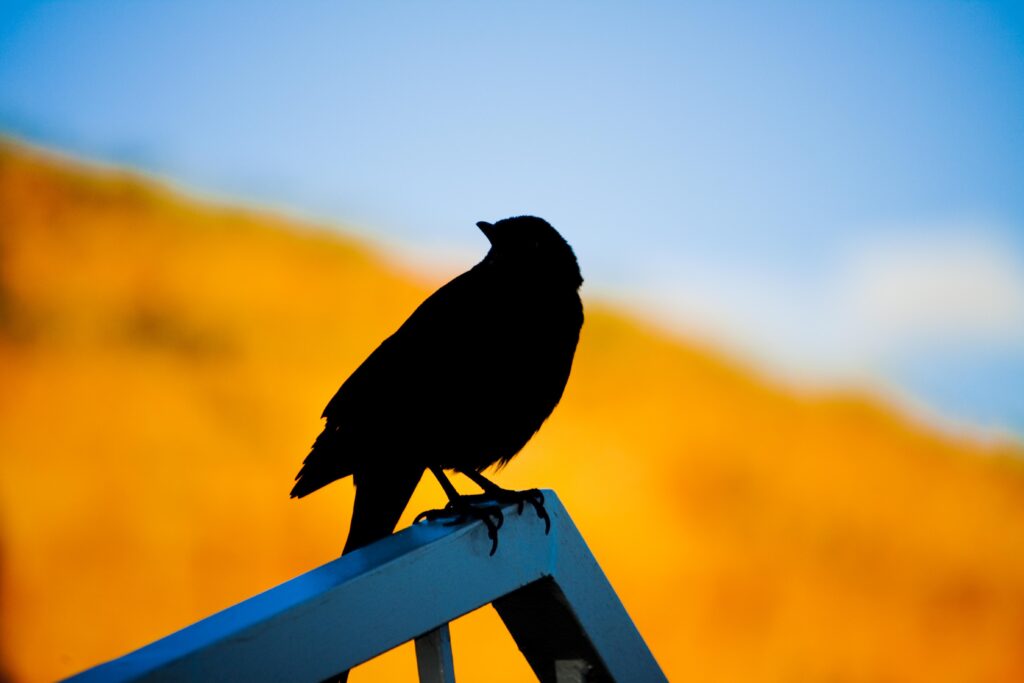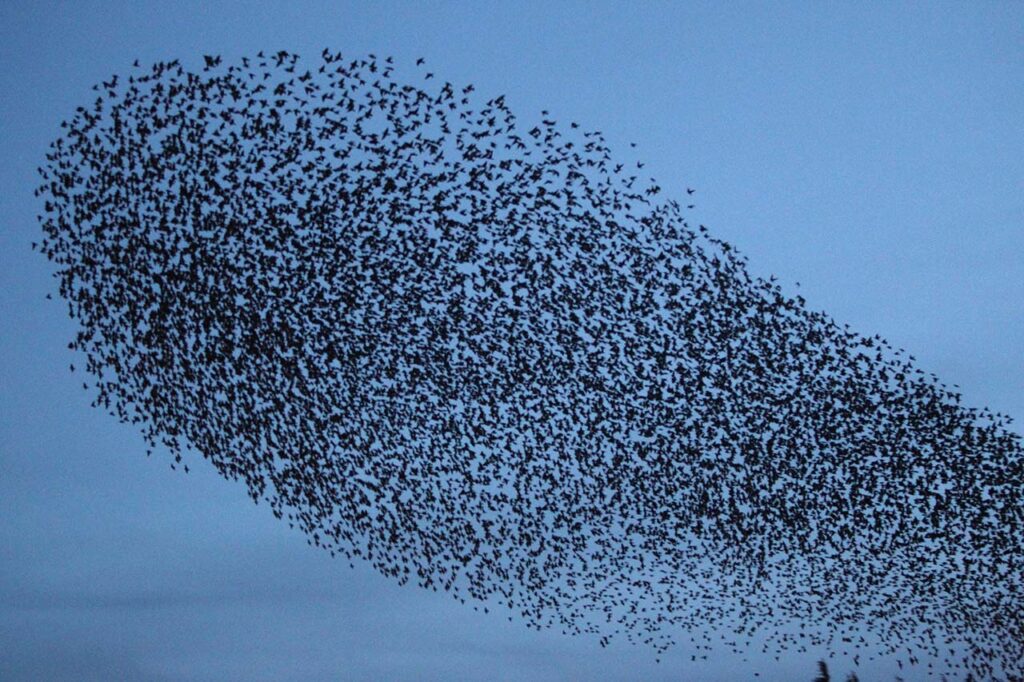Bird Facts
There are nearly 10,000 bird species in the world and their ancestors date back to the time of the dinosaurs. The largest bird in the world is the ostrich at nine feet tall and the smallest, the bee hummingbird, is only two inches long.

All birds have two legs, a beak, and feathers. Feathers not only help a bird fly, but provide warmth and protection from the elements. Depending on the species, birds may eat insects, seeds, garbage, nectar, fruit, or even small animals. Birds don’t have teeth, so they must swallow their food whole. The majority of bird species select a single mate for life and all species lay eggs. The most common bird species that tend to pester humans include pigeons, starlings, sparrows, and woodpeckers.
Bird Damage
In nature, birds look for sheltered areas that are near food and water to build their nests. This could be in the hollow hole of a tree, amidst a dense bush, or a little burrow on the ground. Birds will also take advantage of manmade structures by constructing nests on the overhang of roofs, on the speakers of outdoor entertainment systems, in gutters, or within uncapped exhaust vents.
Bird Infestation
Bird droppings can stain the roof, siding, and insulation as well as eat away at paint and other materials of a manmade structure. In severe cases, the combined weight of the nests and bird droppings can cause attic floors, roofs, or eaves to completely collapse. Nests that are built in heating or cooling systems or chimneys can lead to malfunction and even create a fire hazard. If you have cedar, pine, or redwood siding, it may be susceptible to woodpeckers. Wood siding and walls can become riddled with holes.
Types of Birds
Bird Identification
The three most common bird species that humans tend to encounter are woodpeckers, pigeons, and starlings.
Woodpeckers range greatly in size. The average-sized woodpecker is only a little over six inches tall but its large cousin, the pileated woodpecker, can reach up to 19 1/2 inches in height. Woodpecker feathers are mostly gray to brown in color. Woodpeckers are known for their annoying knocking noise as they pierce through trees for bugs to eat. They have extremely thick skulls that allow them to drill into a tree without damaging the internal organs.
Most Pigeons are around 11 inches tall. They have bluish gray feathers and small beaks. Pigeons are commonly found perched atop buildings, under bridges, or on window ledges. They are mostly city dwellers.
Certain Starlings species have recognizable glossy colors of blue and green throughout their dark colored bodies. Starlings range from six to 11 inches in height. When extended, you’ll notice triangular patterns on their wings. Starling beaks are yellow in the summer, but turn black in the winter. Their legs are pink.
Birds on the Roof & in the Chimney
Large populations of birds that are frequently roosting on your property or building nests in your house can not only be an annoyance, but cause damage to your house and expose you to disease. Bird droppings can carry fungal spores that cause Histoplasmosis. Histoplasmosis is an infection that affects the lungs.
Birds can also be infested with bird mites, and bring the tiny parasites into your home. If a mite population becomes too large, it may migrate from the nesting area into the living space in search of new hosts. Birds will often take advantage of any openings in your home that will let them sneak into the attic, eaves, or soffits to build their nests. Gutters and chimneys are also common spots for birds to build nests in your home. If there is ample food and water nearby, your home may become the new nesting site for the birds to return to each season to raise the next generation.

Frequently Asked Questions
Should I remove bird nests?
It can be difficult to remove bird nests, depending on location around your building or house.
There are also many species of birds that are protected by state laws. Removal of such species is difficult and must be handled carefully. It’s best to consult a pest management professional before removing any nests.
What are the benefits of professional bird pest control?
Pest management professionals have the education, equipment, and skills necessary to effectively address a bird problem. Treating for birds can be difficult, depending on where they perch or nest.
A pest management professional can identify the pest problem and determine the best possible way to remove the bird infestation. Technicians can also employ bird deterrents to prevent them from coming back.
If you’re struggling with a bird flock overtaking your home or property, contact us. Our technicians can remove the wildlife nuisance and help you regain control of your property and sanity.


